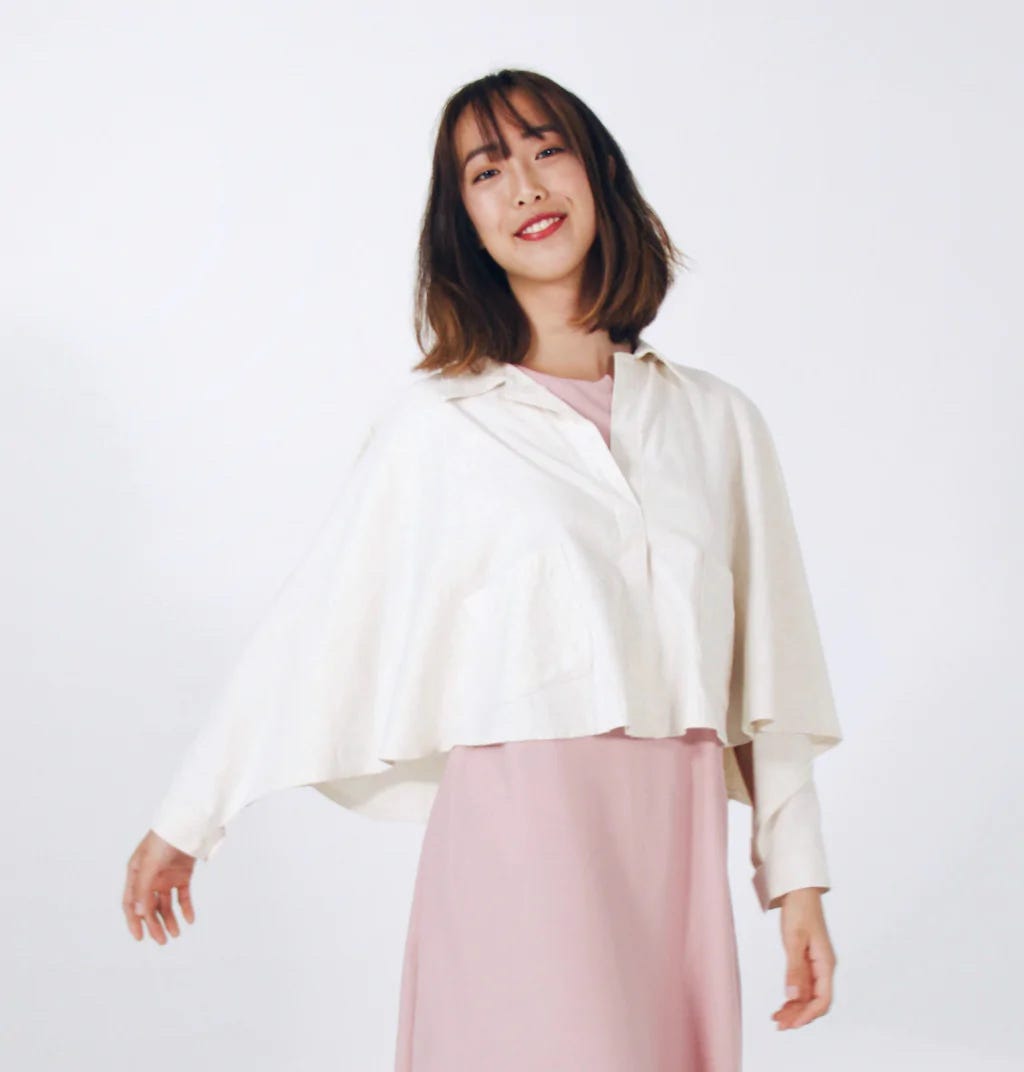#121 Accessible design
Magnetic buttons and impossible keys
Design Lobster is embracing every kind of body this week by exploring what does or doesn’t make a design accessible. From the innovative clothing fasteners designed by fashion brand Will & Well, to some decidedly uncomfortable objects designed by Katerina Kamprani 👀
This week’s Design Lobster is supported by Blinkist. Get powerful ideas in 15 minutes from over 5000 books. Join 23 million others today with 25% off.
Question: How might we make clothes more accessible?
For some, the zips and buttons used to fasten clothes, as well as the shapes they are cut in, make it difficult if not impossible to get dressed or undressed by themselves. Needing to rely on family members or carers limits an individual’s independence and can weigh heavily on their self-esteem.
I was really fascinated to read about how Singaporean fashion brand Will & Well set out to tackle these problems with a clothing range that uses looser patterns and novel kinds of fasteners to make clothing much easier to take on and off, no matter what your level of physical coordination. Their innovations include hidden magnetic buttons allowing cuffs to snap together and front zips and slits that can be opened without needing to reach behind your back.
You shouldn’t need yoga flexibility or pianist finger coordination to wear good clothing.
—From the Will & Well Manifesto
What I like most of all is how the designers have ensured the clothes are stylish as well as practical. The loose fits are cut in tasteful silhouettes and the front-zips and slits are always a well-considered part of the overall composition. All too often in design practicality and style are presented as opposites, whereas this project shows how, with a little imagination, they very naturally combine.
Design takeaway: Who might struggle to access your design, and how might you make it easier for them?
✨ In Design Lobster #13 we heard the story of Pattie Moore, an icon of accessible design
Object: The Uncomfortable Key
I am always drawn to a provocative design concept and this collection of infuriatingly uncomfortable everyday objects by Athen-based designer Katerina Kamprani really caught my eye. From the unturnable key shown above, to infuriatingly linked mugs and thickened cutlery, it’s as though each object is transported to us from a dystopian world where nothing quite works as it should. Some might say, a world that is not all that different from the one we inhabit.
The uncomfortable objects show how narrow the boundary between convenience and frustration can be. How we are only ever one or two bad choices away from something entirely unusable. For me it also illustrates the converse too, of how many poorly-designed objects could be transformed with just one or two little changes.
Thanks to 10+1 Things for bringing this project to my attention!
Design takeaway: What piece of everyday design do you find infuriating, and how would you change it?
Quote: “Accessibility allows us to tap into everyone’s potential.”
– Debra Ruh, campaigner and entepreneur
Debra Ruh founded TecAccess, which designs websites and online tools for people with disabilities. I think this quote really gets to the core of why accessibility is so important. Accessible design enables everyone, no matter who they are, to reach their full potential.
Hope you reach your potential this week!
Ben 🦞
Enjoyed this week’s Design Lobster? Let me know by clicking the heart button ❤️
👇




